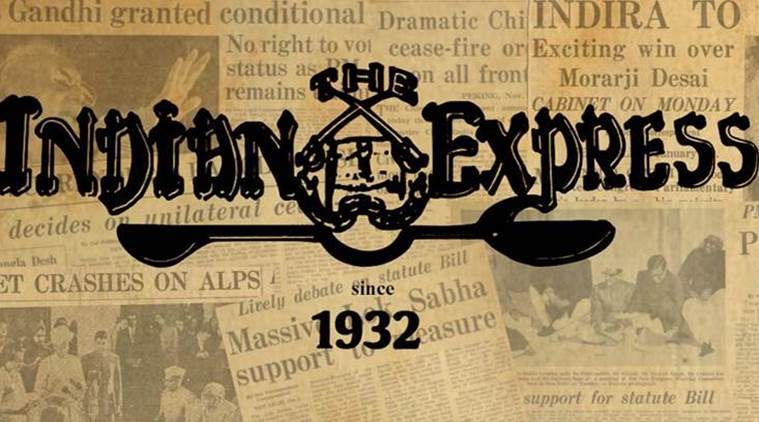 This newspaper, investigating the circumstances of each incident across nine states, has found a pattern.
This newspaper, investigating the circumstances of each incident across nine states, has found a pattern.
The lynch mob, fuelled by rumour, fear, ignorance, hate and anger, is certainly a law and order challenge. It is also a symptom and a sign of the lop-sided access to information, of the gap between the fast and vast nature of the internet, where a falsehood about “child lifting” can trigger a mob far quicker than the police response to it. It also points to a social change, a disruption, at the margins of India’s national imagination that requires more than the usual response from the state, administration and political class as a whole.
This newspaper, investigating the circumstances of each incident across nine states, has found a pattern. Like the July 1 murder of five people in Dhule, Maharashtra, the victims are often from the margins — migrants or outsiders. A vast majority of the killings — 24 — have occurred in interior villages, and the perpetrators have had little or no education, sometimes been under the influence of alcohol and been whipped up by social media forwards, notably on WhatsApp. In the wake of the Dhule lynching, the Centre has asked WhatsApp to control and monitor mass circulated messages, the social media giant has said it is planning a host of features to that end. This is only a partial, and temporary, solution.
The contradictions of a pre-literate society, of communities at the social and economic periphery, being exposed to a world littered with fake news and incendiary rumour, is not going to be dealt with by a Silicon Valley company. Nor is it possible to put the genie back in the bottle and wish for a time when a newspaper read out loud at a chaupal was the only source of information for vast parts of the country. The state governments must, of course, ensure a better, swifter response from the police, and help buttress local intelligence networks so that the police arrives before a mob is formed, not after its work is done. Mass awareness campaigns and outreach is needed in communities which place a high degree of trust in the written word to treat what they receive on their mobile phones with a degree of healthy scepticism. And, in the long run, it is essential that the “interiors” of India find reason to trust in the state, society and its institutions. As the Supreme Court made it clear last week, whatever the motive — a child lifting rumour or hate sentiment — the response cannot be murder or violence.